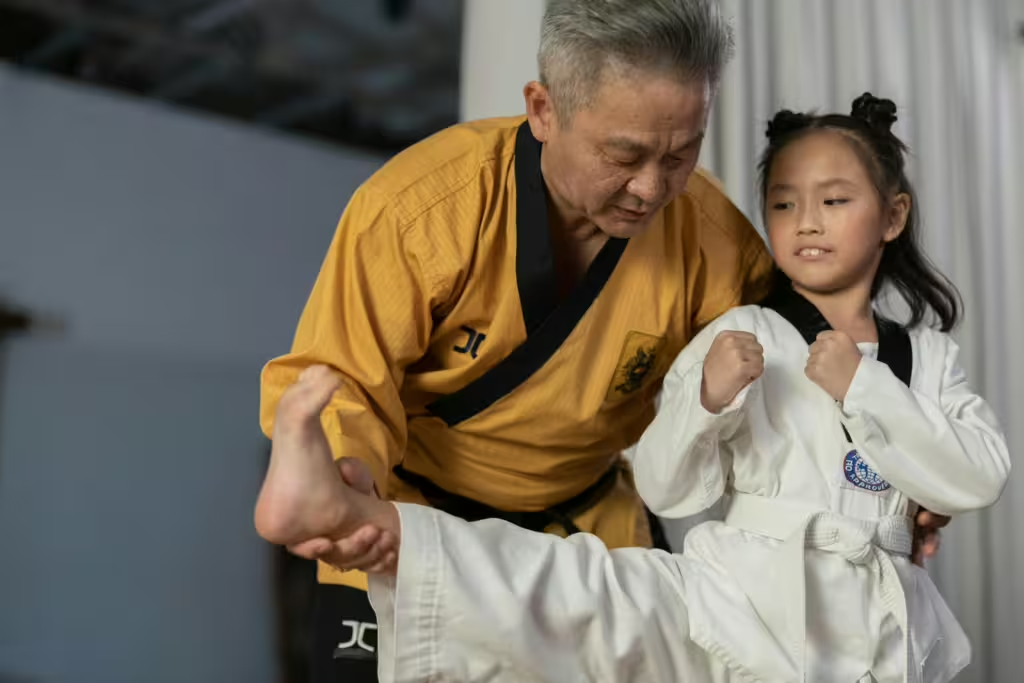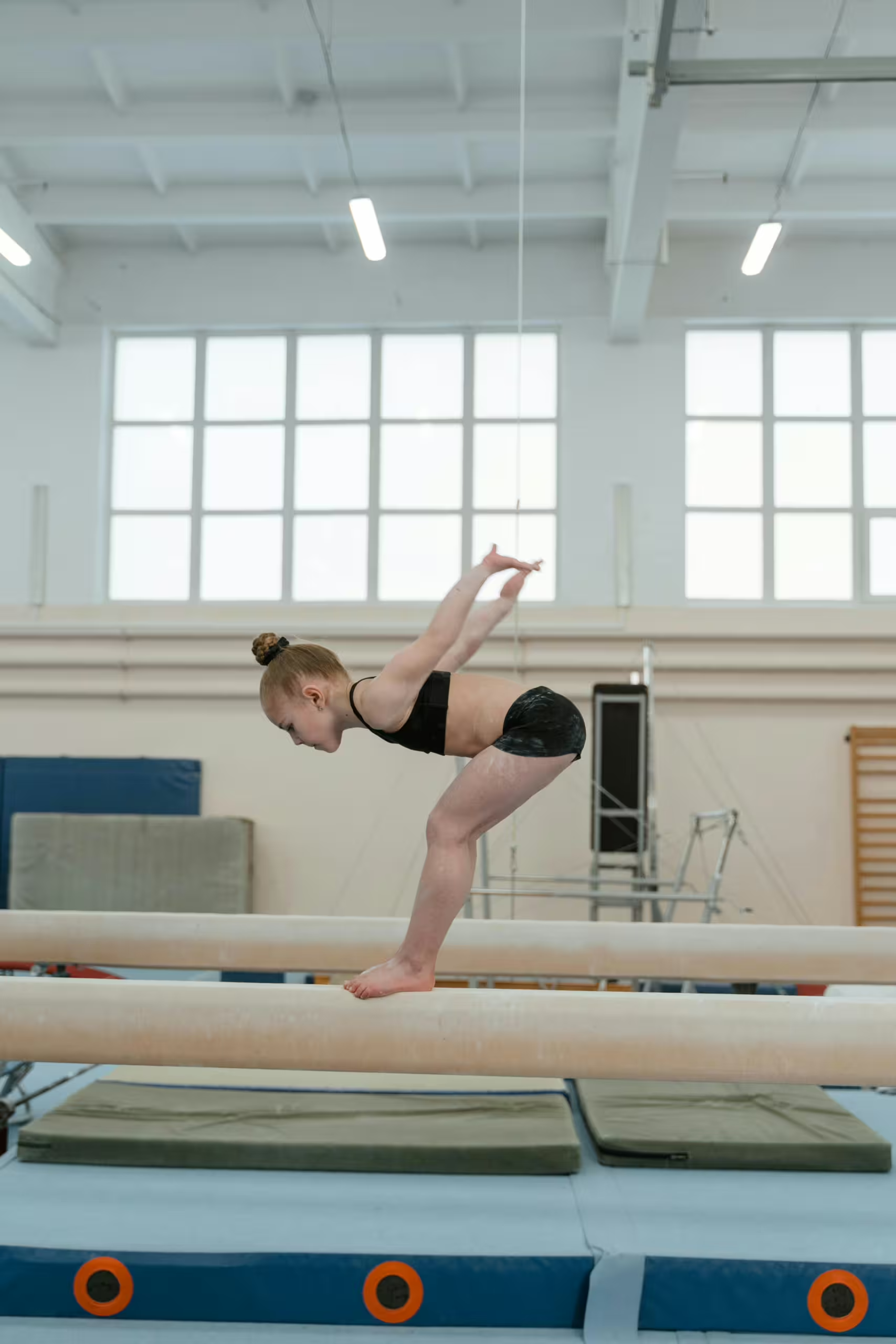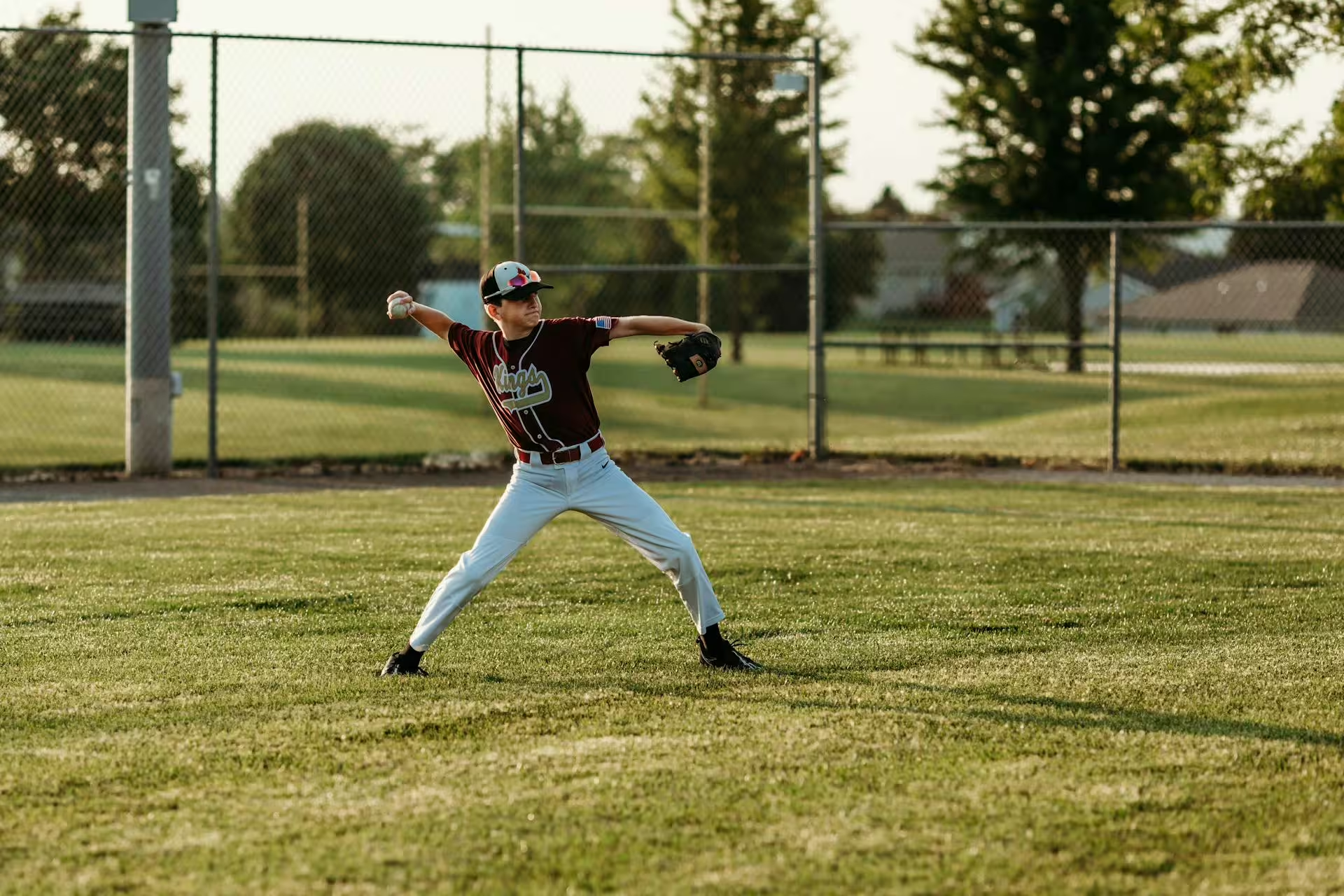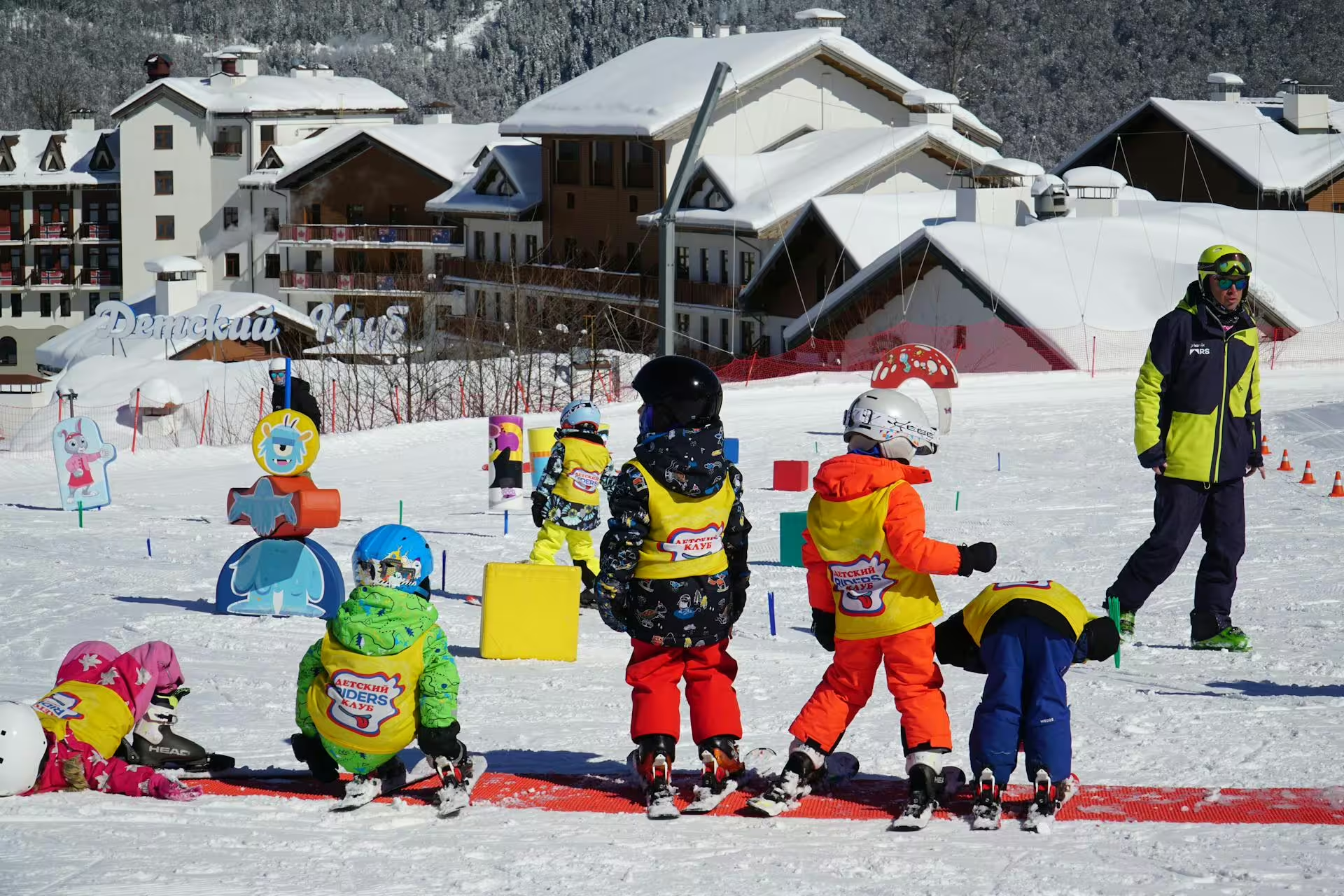In the past, when we’ve discussed martial arts for children, we have covered a wide array of disciplines. We have spoken about why the sport is beneficial, on the whole, and different avenues for parents to get their children involved. Today, Cultured Athlete has decided to hone in on one of the most popular forms of martial arts available; Taekwondo. Originating in Korea, taekwondo is a great way to keep children active, enhance their focus and discipline, and instill confidence.
Taekwondo is practiced by millions of people all over the world, and while spectators recognize it for its dynamic kicks, taekwondo is far more than physical spectacle. For children, in particular, it helps build character, resilience, and life skills that extend far beyond the dojo. Parents might be asking what such a sport involves in exchange for these benefits, however, and this is where we come in.
In this article, we will describe what Taekwondo actually involves when it comes to kids. We will explain how classes work, what children will need to learn, what should parents be concerned about, and what the cost of entry is for parents who are interested in enrolling their children.
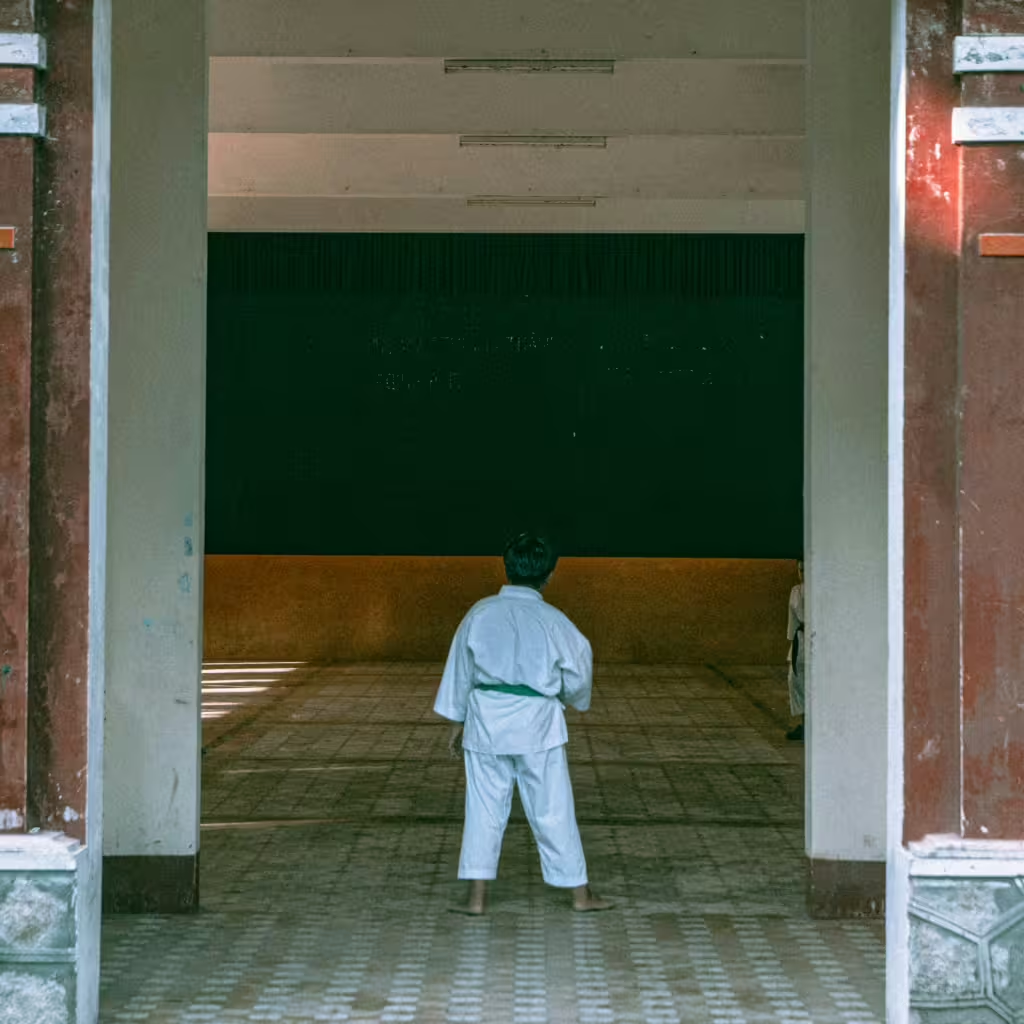
What Is Taekwondo?
A Martial Art with Ancient Roots
As we mentioned earlier, Taekwondo traces its origins back to Korea, where it was honed and practiced as a martial art for centuries. The modern form of the sport is fairly new, having only taken shape in its current modality around the mid-20th century. Today, this Olympic sport is one of the most recognizable in the world. It stands out among from popular martial arts like karate and kung fu because of its emphasis on high, fast kicks and dynamic sparring. The Korean for “Taekwondo” translates in English to “the way of the foot and fist,” directly referring to the philosophy and discipline behind the movements.
Taekwondo might be most famous for its kicking techniques, but the sport itself also teaches students how to block and punch properly, while maintaining proper stances and forms. Perhaps even more importantly, Taekwondo instills respect, self-control, and perseverance in students. Instructors put great emphasis on the five tenets of Taekwondo: courtesy, integrity, perseverance, self-control, and indomitable spirit.
How Taekwondo Works for Kids
Class Structure
Children’s Taekwondo classes are usually divided by age and experience. A typical session runs around 45 minutes to an hour for young children, though older children may go longer. Each of these sessions might include:
Warm-ups: Stretching, jogging, and calisthenics are meant to warm up the body and help prevent injury.
Basic techniques: This period involves students practicing stances, kicks, punches, and blocks.
Forms (Poomsae): The forms we keep speaking about are essentially choreographed patterns of movements that develop a martial artist’s balance, coordination, and memory.
Sparring (Kyorugi): Sparring is a type of controlled practice where one student goes up against a partner in single combat, often with protective gear.
Self-defense: The latter part of the lesson focuses on the practical application of techniques in real-life scenarios.
Philosophy and discipline: The Taekwondo philosophy is a big part of the process. Thus, every session, instructors make time for bowing, reciting tenets, and/or brief lessons on respect and focus.
The Belt System
Like many martial arts, Taekwondo uses a belt ranking system for students to ascend. The youngest initiates start as white belts and progress through colors (yellow, green, blue, red, etc.) The level they are hoping to attain is the black belt, but it isn’t easily won. Each promotion requires that a student first demonstrate their skills, discipline, and knowledge, and this is usually done at a formal testing event for all qualifying students.
Goals for Beginners
For children that are just starting out, the focus is that they learn proper stances and balance, follow instructions, get down the basic kicks and blocks of the sport, and build up their confidence. The latter is generally done through small, manageable achievements.
Skills Kids Learn in Taekwondo
Physical Skills
- Strength and flexibility: The noteworthy high kicks of Taekwondo demand strong legs and limber joints.
- Balance and coordination: Many of the most common movements emphasize posture and control of one’s own body.
- Speed and agility: Fast reflexes are an important skill for sparring and may need to be enhanced.
- Endurance: Any sort of martial arts training can be used to build a student’s cardiovascular fitness.
Mental Skills
- Focus: Physical skills are on thing, but mental are another, entirely. Through martial arts, kids learn to pay attention and follow directions.
- Discipline: Children are taught to respect their instructors and their peers, as well as their own bodies.
- Confidence: Belt promotions and public demonstrations are an effective, tangible way to build a child’s self-esteem.
- Resilience: Mistakes and setbacks need not be the end of the world. Instructors often teach that these missteps are actually opportunities for growth.
Life Skills
Many parents find that participating in martial arts like Taekwondo improves their child’s behavior at home. It can also improve their academic performance as well. Kids learn respect, listening skills, and control. At the same time, perseverance and confidence are generally enhanced as a result of their time in the dojo.
Parental Concerns
Safety
The biggest question on most parents’ minds is: Is Taekwondo safe for my child?
The short answer is, yes. Martial arts like Taekwondo are all about keeping people safe and with proper supervision and equipment, safety is all-but guaranteed. That’s not to say there are no injuries; these kids are fighting one another, after all. Be that as it may, classes are designed with age-appropriate drills, and sparring is controlled. For many younger kids, the emphasis is on non-contact learning. Once that contact is introduced, kids are given protective gear (helmets, chest protectors, shin guards, and mouthguards). It should also be noted that injuries in Taekwondo are far less common than in contact sports like football.
Discipline vs. Aggression
Other parents might worry that martial arts encourage aggression in children. In fact, the opposite is true. Taekwondo is all about self-control and respect. Techniques are meant for defending oneself and others, not for starting fights. In fact, many parents have reported reduced aggression and improved self-regulation after their children began martial arts training.
Time Commitment
Classes are not overly stressful or too frequent. Most often, Taekwondo practice happens 2–3 times per week, with each session lasting about an hour. Parents need not worry about scheduling this around other activities, for the most part, but should be realistic about the prospect; especially when it comes to balancing school, homework, and other activities.
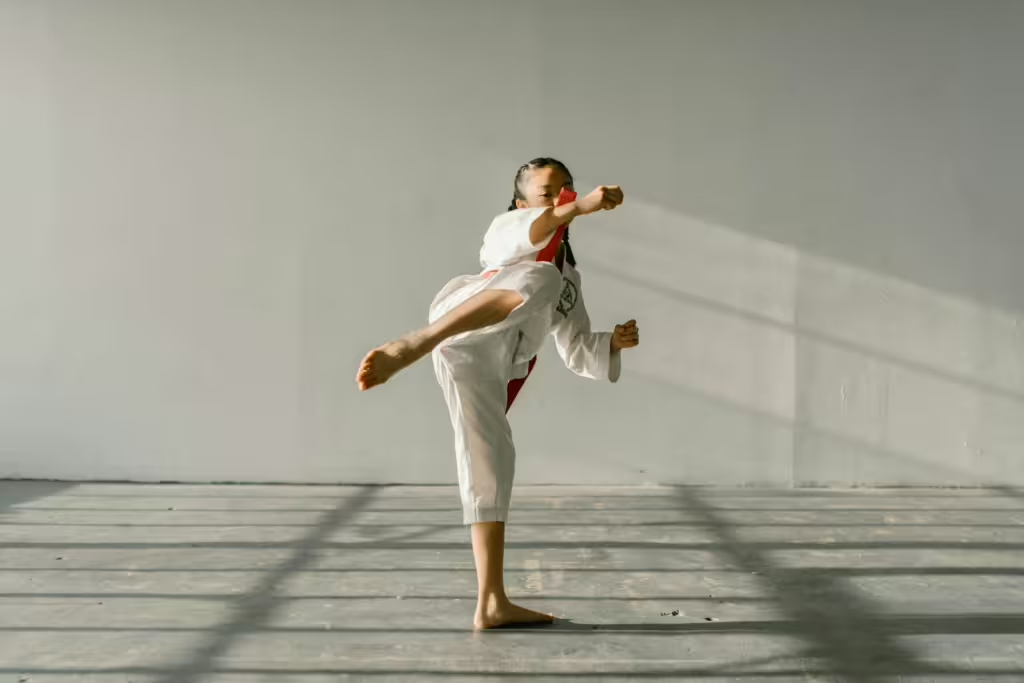
Costs of Taekwondo
Monthly Tuition
Most martial arts schools charge a monthly fee for participation, which can range from $80 to $150. These costs vary by location and frequency of classes. The school’s reputation can also affect the cost.
Testing Fees
It should be noted that promotions to new belts usually involve a testing fee. Most of the time, these can range somewhere between $25 and $75, though black belt testing can cost more.
Uniform and Gear
- Dobok (uniform): $30–$80
- Protective gear for sparring: $150–$250 for a full set. Note that these pieces are often purchased gradually as the child advances through the sport.
- Miscellaneous gear (bags, mouthguards, patches): $20–$50
Competitions
If your child decides to compete or reaches that level, there may be added registration fees ($30–$100 per event) plus the usual costs for travel that come with higher-level youth sports.
Red Flags to Watch
While Taekwondo is positive for most kids, parents should be alert about certain red flags. The following items are good indicators that something is amiss:
- if you notice an excessive amount of pressure from instructors, or if they seem focused solely on competition, it might be time to find a new dojo.
- Be wary of high or hidden fees for mandatory equipment or testing. Many schools provide equipment to borrow and do not charge extra for moving up. Just shop around.
- If your child shows signs of burnout—loss of interest or a reluctance to attend classes, it could be time to give it up or take a break.
- Unsafe sparring practices or inadequate supervision should be clear indicators that something is wrong in the dojo and you might need to look elsewhere.
Simply choosing a reputable school with certified instructors can help parents to avoid such issues. This means looking at the instructor’s credentials, watching for proper safety practices and equipment, and whether or not the kids are both engaged and having fun while they work out. You could also get recommendations from other parents.
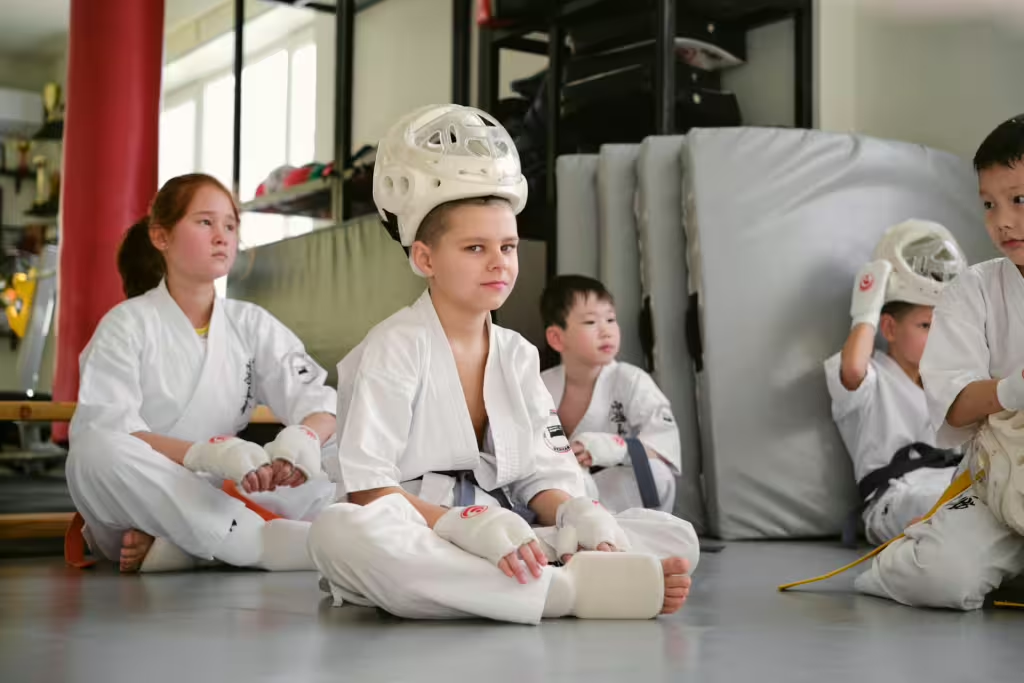
Cultured Athlete Says…
As you can see, introducing your children to Taekwondo can be a rewarding, enriching choice. Martial arts are a great blend of physical activity, discipline, and valuable life lessons. Taekwondo has a long and storied history and continues to inspire billions, even on the Olympic stage. We recommend that any parent considering enrolling their child weigh the costs, time commitments, and safety before committing, but as long as you make the proper choices, there is no doubt that your child will benefit in more ways than you can possibly imagine. We believe it is a worthwhile journey for any child to undertake, so long as they are willing to put in the work.
Discover more from CulturedAthlete
Subscribe to get the latest posts sent to your email.

